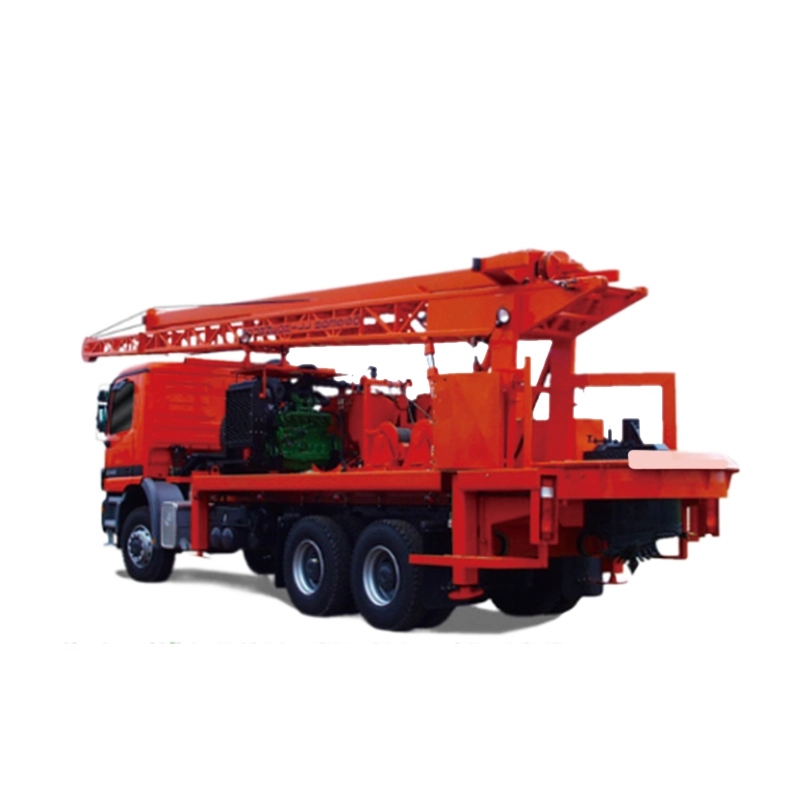Drilling a water well is a structured process designed to access underground water resources for various uses, from residential supply to irrigation and industrial needs. The process typically involves the following steps:
Site Selection: Professionals assess the land using geological surveys to determine the best drilling location with optimal water availability.
Permitting and Preparation: Drilling permits are obtained, and the site is cleared and prepared for operations.
Drilling the Borehole: A drill rig is used to penetrate the earth. The depth depends on the water table and geological conditions, ranging from a few dozen to several hundred meters.
Casing Installation: A casing, usually steel or PVC, is inserted to stabilize the borehole and prevent contaminants from entering.
Well Development: Techniques like airlifting or surging clean the borehole, improving water flow and removing debris.

Pump Installation: A pump is installed to lift water from the aquifer to the surface for use.
Testing and Maintenance: Water quality tests and yield measurements ensure the well meets requirements. Regular maintenance extends its lifespan.
After a well is drilled, a water pump is installed to draw water from the well into your property’s water system. In most cases we recommend that a pump test be performed to clear the water, establish an accurate flow rate and drawdown test. At this time the well should be thoroughly disinfected to insure there is no bacteria present in the well and in some cases a detailed water analysis is required or recommended. After this your water pump/system is ready to be installed.
Why Choose Our Water Well Drilling Solutions?
Our advanced drilling technology ensures precise, efficient, and eco-friendly operations. We use top-grade materials for long-lasting well performance. Our team prioritizes safety and delivers tailored solutions to meet diverse needs, ensuring reliable access to clean water.